Metal materials have excellent comprehensive mechanical properties and anti-fatigue properties and are especially suitable for bone replacement implantation of human-bearing parts. Therefore, many kinds of metal materials such as stainless steel, titanium alloy, and cobalt-base alloy have been widely used in the clinic as biomedical materials and have achieved a good therapeutic effect.
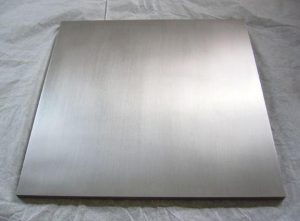
However, the complex human body environment will lead to corrosion of materials and the release of toxic elements, which will lead to the reduced biocompatibility of metal materials. In addition, the elastic modulus of the metal material is too different from human bone tissue, and it is easy to produce a stress shielding effect, which is not conducive to the growth and remodeling of new bone and even leads to secondary fracture.
At present, tantalum metal attracts the attention of medical workers and materials researchers with its unique advantages and is widely used in the following aspects.
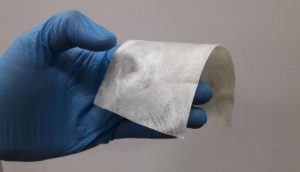
Tantalum wire
Tantalum is so malleable that it can be made into even finer strands of hair. As a surgical suture, tantalum wire has the advantages of simple sterilization, less stimulation, and high tensile strength, but it also has the disadvantages of not easy knotting. Tantalum wire can be used to suture bone, tendon, and fascia, as well as reduce suture or internal dental fixation. It can also be used as a suture line for internal surgery or embedded in artificial eyeballs. Moreover, tantalum wire can even replace tendons and nerve fibers.
Tantalum sheet
Tantalum metal can be made into tantalum sheets of various shapes and sizes and implanted according to the needs of various parts of the human body, such as repairing and sealing the cracks and defects of broken skull bones and limbs fractures. An artificial ear made from tantalum sheets is attached to the head before the skin is transplanted. After a while, the new skin grew so well that it was barely visible as an artificial tantalum ear.
Tantalum stents
Tantalum wire can be used to weave the reticulocytes stent. Tantalum stent can be clearly seen under X-ray, which is very convenient for monitoring and follow-up, and there is no fracture and corrosion in the body for a long time. Tantalum has good flexibility, so the stents can better adapt to the normal pulse of arteries and can be released quickly and accurately.
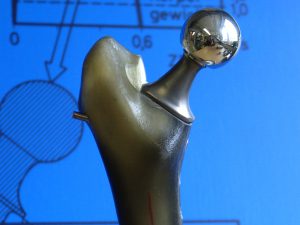
Porous tantalum rod
Porous tantalum rod is a kind of honeycomb three-dimensional rod-shaped structure with characteristics of the human cancellous bone structure, with an average porosity of 430~m and a porosity of 75 ~ 80. The elastic modulus of the porous tantalum rod is about 3GPa, which is between the cancellous bone (about 1GPa) and cortical bone (about 15GPa), far lower than the commonly used titanium alloy implanted human material (about 11OGPa), thus avoiding the stress shielding effect.
Porous tantalum rod implantation is mainly used for the treatment of avascular necrosis of the femoral head in the early and middle stages. Femoral head necrosis is a kind of functional disease caused by the destruction of the blood circulation of the femoral head. It may affect the function at any age, but it usually occurs in young people. For the treatment of early femoral head necrosis, the main methods include reducing the internal pressure of the femoral head, increasing the blood supply of the femoral head, and preventing or slowing the deformation of the femoral head. The porous tantalum rod has a good supporting effect on the necrotic area of the femoral head, avoids the collapse of the femoral head, and has the potential for revascularization in the necrotic area of the femoral head.
Porous tantalum artificial joint
As an artificial joint material, the porous tantalum also has obvious advantages. The porous tantalum has a certain elasticity. When it interacts with the cortical bone with a relatively large elastic modulus, it will produce slight deformation in a certain range without fracture. This property allows the porous tantalum acetabular cover to better match the bone acetabular, improving the initial stability of the implant and reducing the possibility of acetabular fractures.
The results of the clinical experiment of total knee replacement with porous tantalum showed that the structure of porous tantalum provided sufficient support, and the patient’s bone healed well. In addition, the reduction of bone mineral salt density in patients using tantalum total knee replacement is smaller than that in patients using the cobalt-chromium alloy, but the long-term clinical effect remains to be further studied. Due to the inertia of tantalum itself and the appropriate mechanical properties and good biocompatibility of porous tantalum with the human body, porous tantalum will play a greater role in the field of artificial joints.
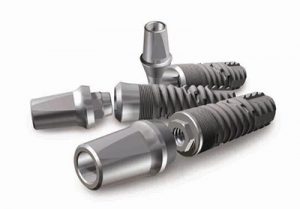
Porous tantalum filler material
Porous tantalum can also be used as filling material for all parts of the human body, such as tissue reconstruction after tumor resection, dissolving filling of the neck and lumbar spine, and vertebral arch replacement. Because of the nearly perfect fusion of porous tantalum in mechanical properties, tissue growth, and processing properties, it provides a wide design space for the molding of porous tantalum.
Tantalum coating
Tantalum metal has been used for its excellent corrosion resistance, and it is coated on the surface of some medical metal materials to prevent the release of toxic elements and improve the biocompatibility of the metal materials, as well as the visibility of materials in the human body. In addition to metallic materials, tantalum can be coated on non-metallic materials such as carbon cage surface tantalum for spinal fusion, the tantalum coating increases the strength and toughness of the carbon cage to fit the spine and better meet the requirements of the surgical process. Tantalum can also be coated on the surface of materials with some polymer composites to improve the visibility and biocompatibility of materials.
Please visit http://www.samaterials.com for more information.
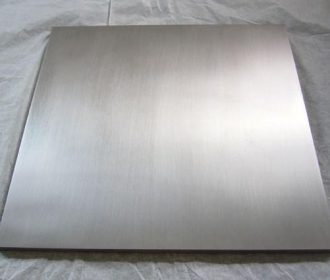
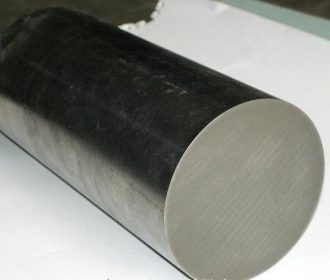
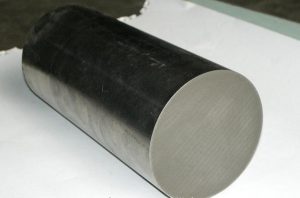
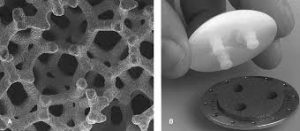
Recent Comments